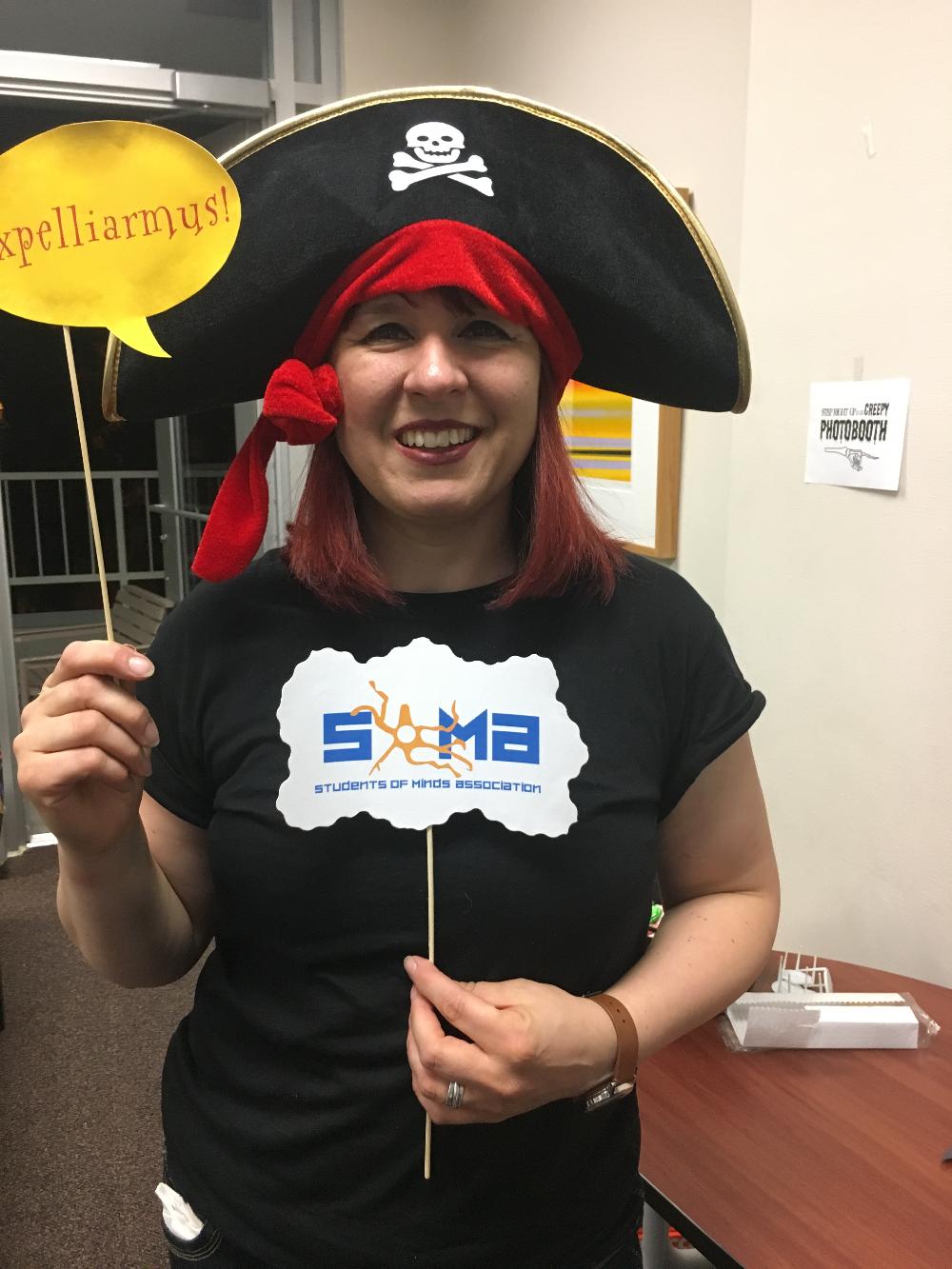Emerging MiNDS
AUTHOR: Steven Mancini

Arjun Kathir
Who is your supervisor?
Dr. Deda Gillespie
What is your research question?
Biophotonics is a field studying the interaction between biological materials and photons of light.
This interaction can be used to initiate biological cascades. My broad research question involves the study of the biological activity of neurons using neurotransmitters designed for biophotonic applications. I am currently in the process of refining my specific research question.
What are the main methodologies/techniques that you use to address this research question?
Applying my undergraduate knowledge in Electrical and Biomedical Engineering, I will design and build a system to enable photon-tissue interaction. This involves guiding a laser onto specific regions of our brain tissue and stimulating it with the laser light (photostimulation). This project involves design, hardware implementation, software implementation and testing.
What are the most important potential implications of your research?
A photostimulation set-up will allow the lab to study real-time molecule-neuron and neuron-neuron interactions.
How can students get in touch with you if they have more questions?

Chris Rowley
Who is your supervisor?
Dr. Bock
What is your research question?
I am investigating how intracortical myelin changes with healthy aging and how it is disrupted in diseases/disorders.
What are the main methodologies/techniques that you use to address this research question?
My research is conducted using anatomical MRI images (generally T1-weighted contrast), with an emphasis on post-processing of the images. This work is very computationally heavy, relying on registrations being able to morph one brain to match another to allow for direct comparisons, and statistics to compare hundreds of thousands of points across the cerebral cortex.
What are the most important potential implications of your research?
As this analysis technique is in its infancy, a lot of the important products of this work are the development of the tools to be able to perform this kind of analysis. On the biological side, using the technique I have been able to show the development pattern of the cortex into middle-adulthood. Working with Dr. Frey, Dr. Minuzzi and MiNDS student Manpreet Sehmbi (as well as Dr. Bock), we have shown that these development patterns are disrupted in bipolar disorder. So I think the overarching benefits from this work would be to gain a better understanding of diseases/disorders and to find biomarkers that might become targets for future pharmacological interventions.
How can students get in touch with you if they have more questions?
Students can reach me on my email: rowleycd@mcmaster.ca. I generally reply fairly quickly!

Gesine Alders
Who are your supervisors?
Dr. Luciano Minuzzi & Dr. Geoffrey Hall
What is your research question?
We are examining whether performance on an emotional conflict task in a group of participants diagnosed with major depressive disorder (MDD) can help to predict who will respond to treatment with escitalopram, a selective serotonin reuptake inhibitor.
Based on the same principle underlying the Stroop Effect, the Emotional Conflict Task aims to suppress a cognitive process, such as reading a word superimposed on the face, to direct attention to the process of naming the facial expression. In 2006, Dr. Etkin and colleagues found evidence for an ‘emotional Stroop effect’ when comparing congruent (facial affect and name of emotion match) and incongruent (facial affect and name of emotion do not match) trials. Further analysis demonstrated a conflict generation and conflict resolution effect. Specifically, when an incongruent trial was preceded by a congruent trial (a cI trial), reaction time on the incongruent trial was slower and accuracy was reduced compared to an incongruent trial immediately preceded by an incongruent trial (an iI trial). Both incongruent trials generate a conflict flag that places the same demands on cognitive resources, and require the same response to suppress task irrelevant emotional stimuli. However, in an iI trial, it is argued that a type of conflict adaptation occurs due to the conflict generated on the prior trial, potentiating the neural response to the second consecutive incongruent trial. This potentiation or conflict resolution, is demonstrated in faster reaction time and increased accuracy on iI, compared to cI trials (Etkin et al., 2006).
Patients with MDD are biased in processing emotional information and we hypothesize that the conflict generation and resolution effect for emotionally valences stimuli may be greater in persons with MDD.
What are the main methodologies/techniques that you use to address this research question?
Behavioural data collected in the MRI using eprime software, and neuroimaging data collected using the 3 Tesla research MRI at St.Joseph's Hospital in Hamilton.
What are the most important potential implications of your research?
This data analysis is part of a larger study -- the Canadian Biomarker Integration Network in Depression which incorporates data from multiple sites across Canada, and involves additional clinical and biological measures, with the larger aim of discovering and defining a biological marker for depression. The Emotional Conflict Task data will be incorporated with additional biological and clinical measures to characterize different types of MDD with the goal of eventually providing patient-tailored diagnosis that will inform personalized treatment.
How can students get in touch with you if they have more questions?